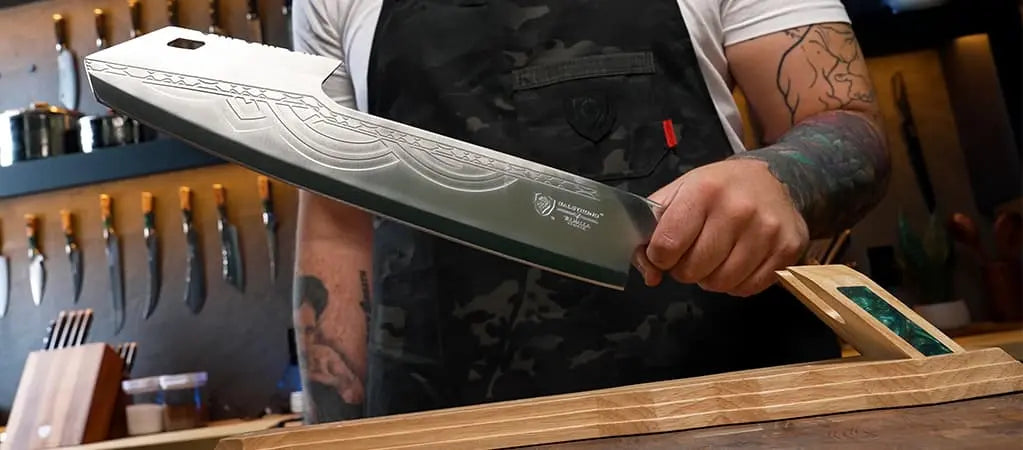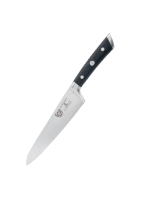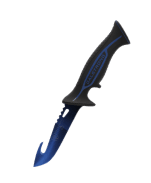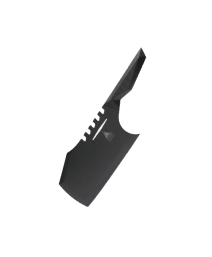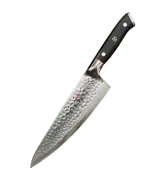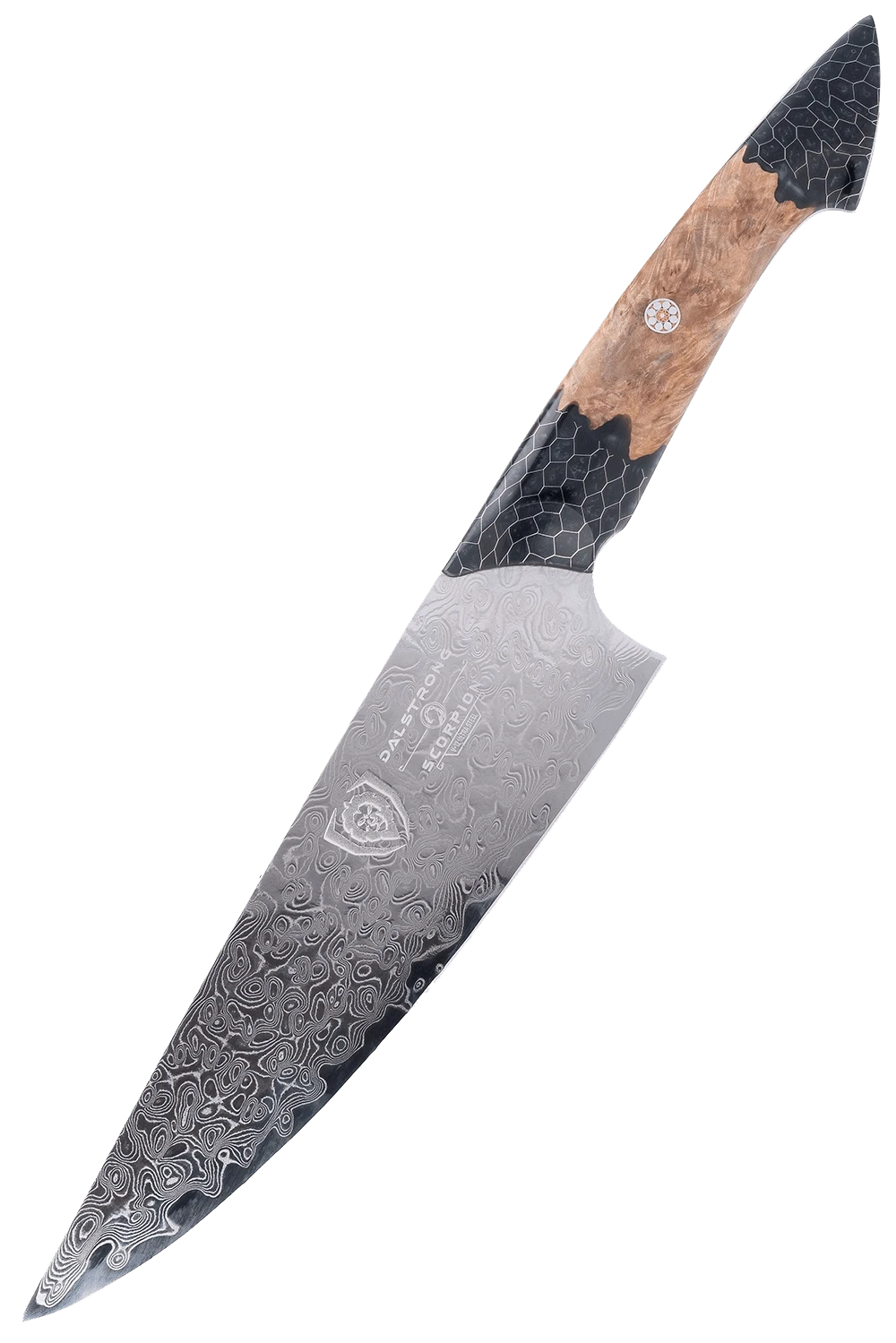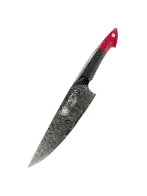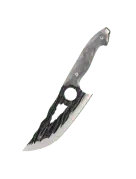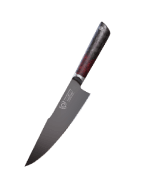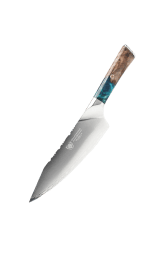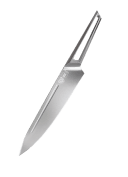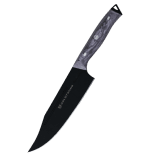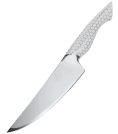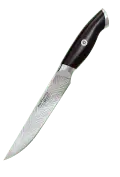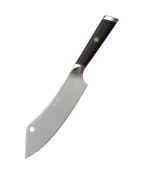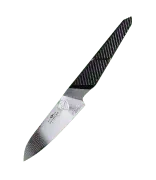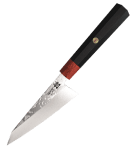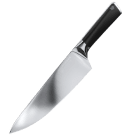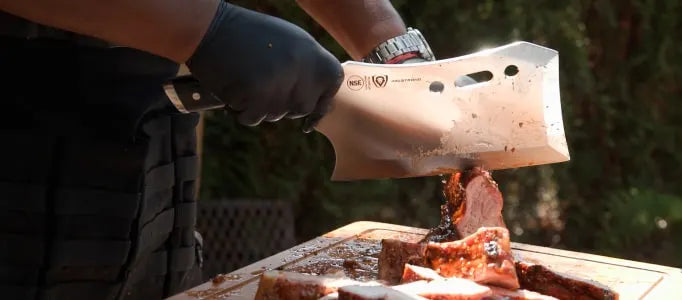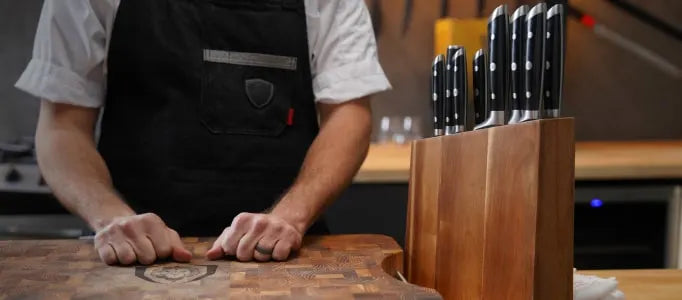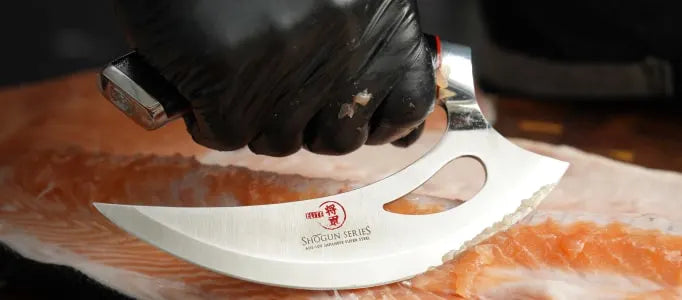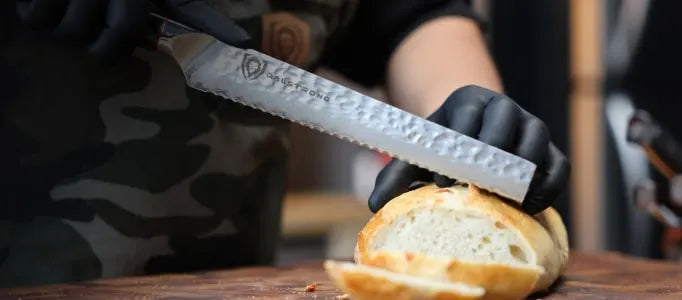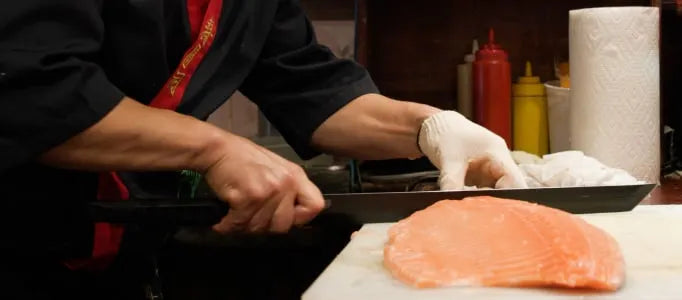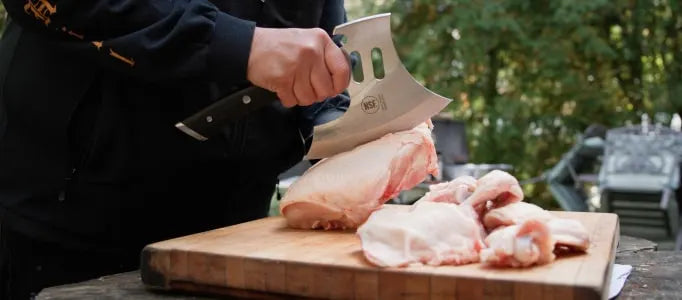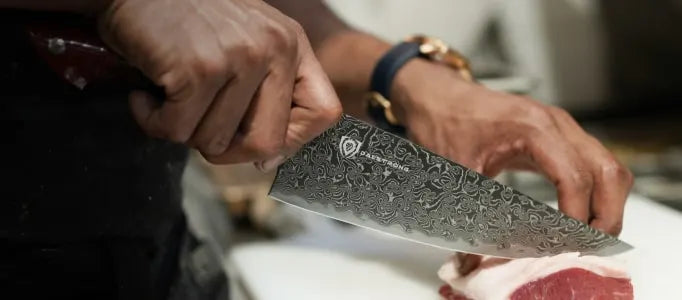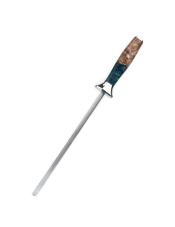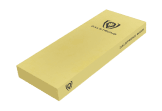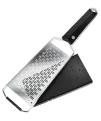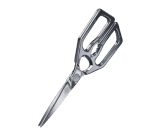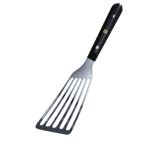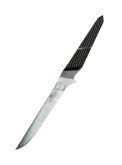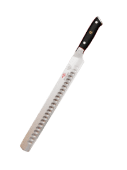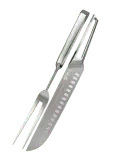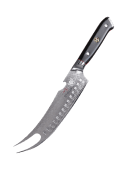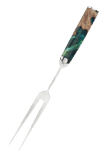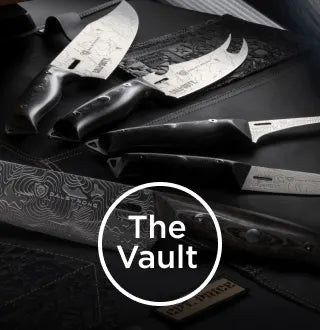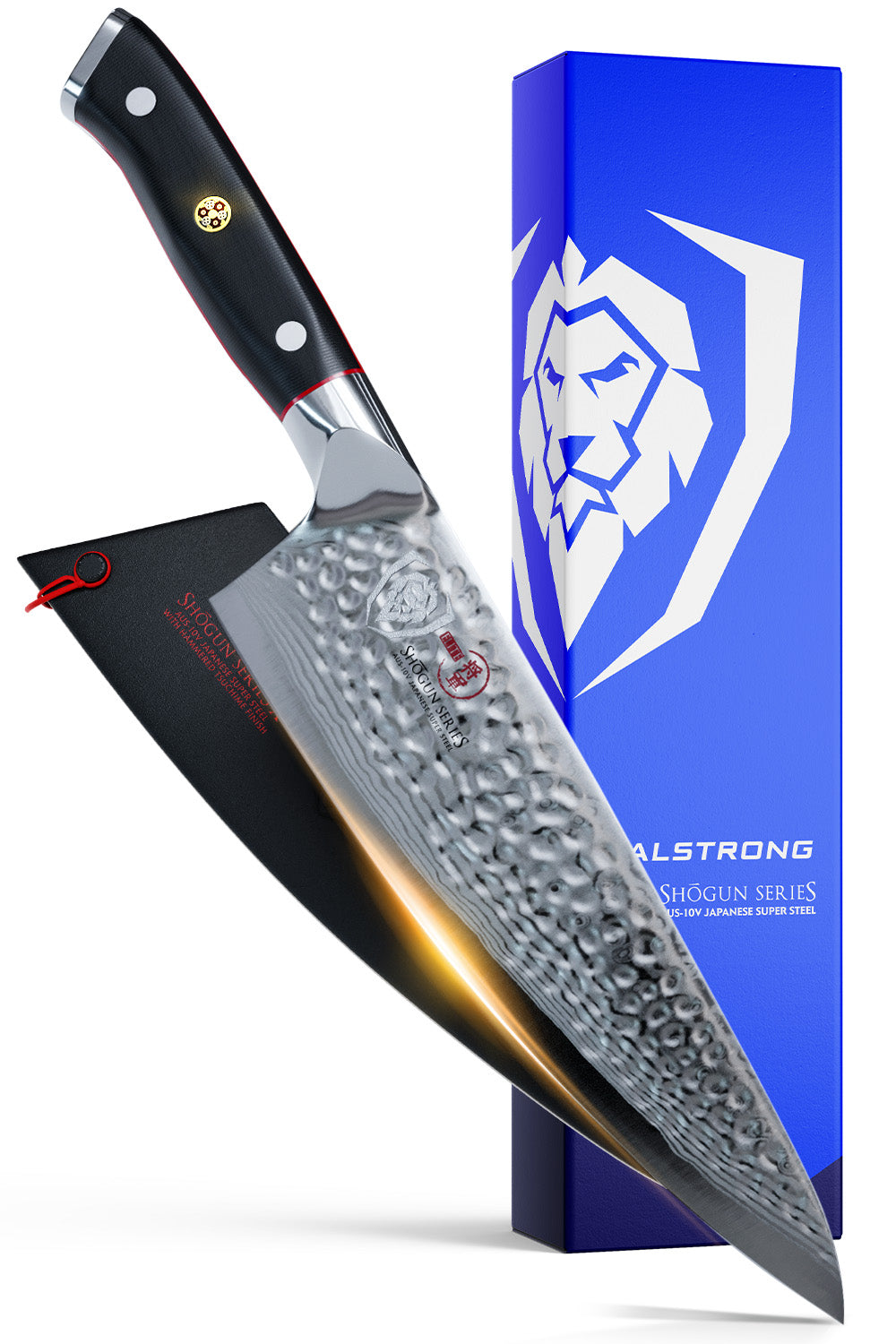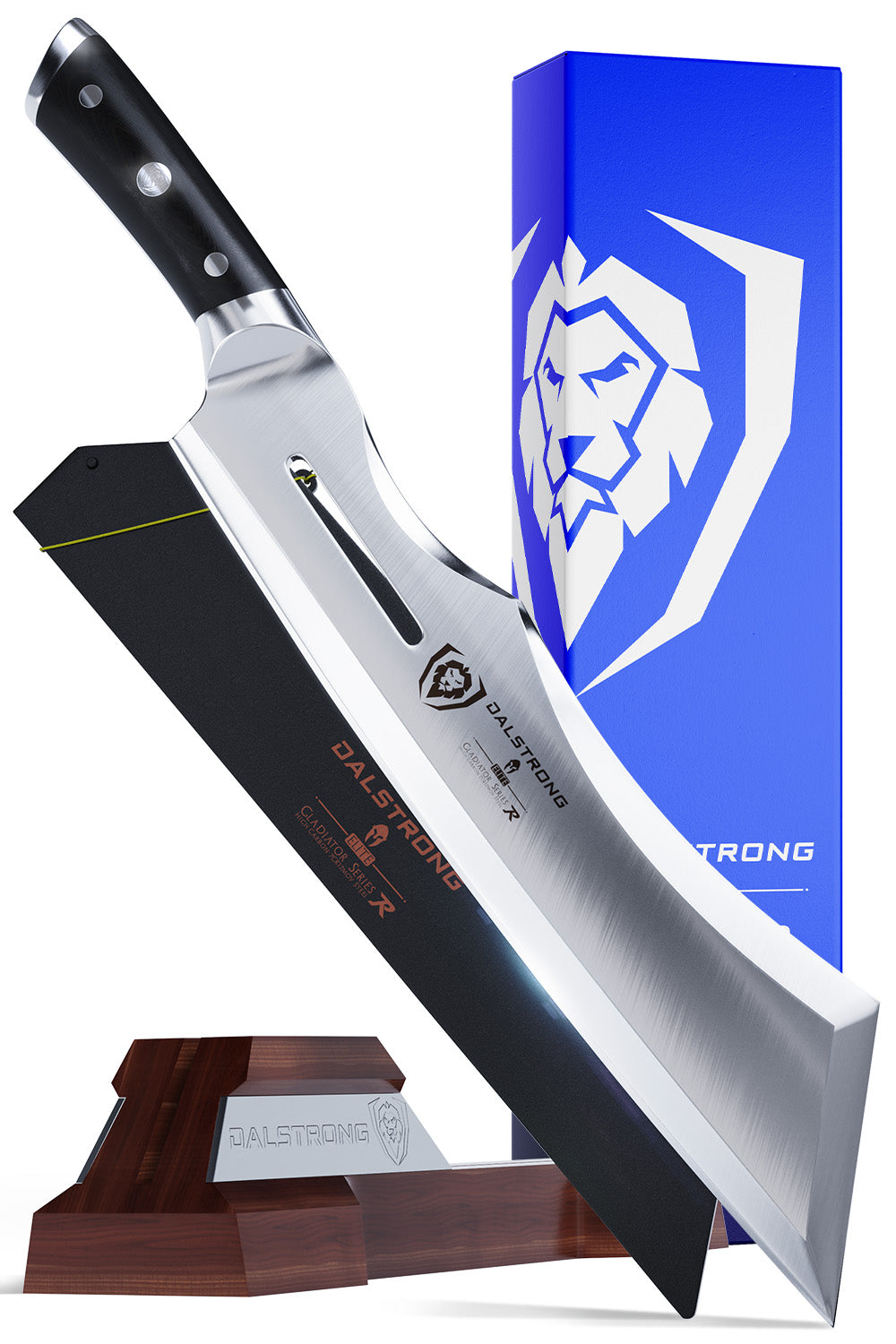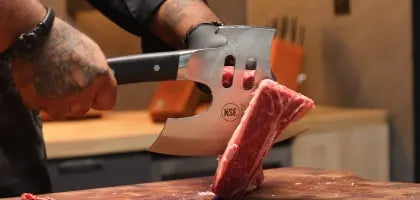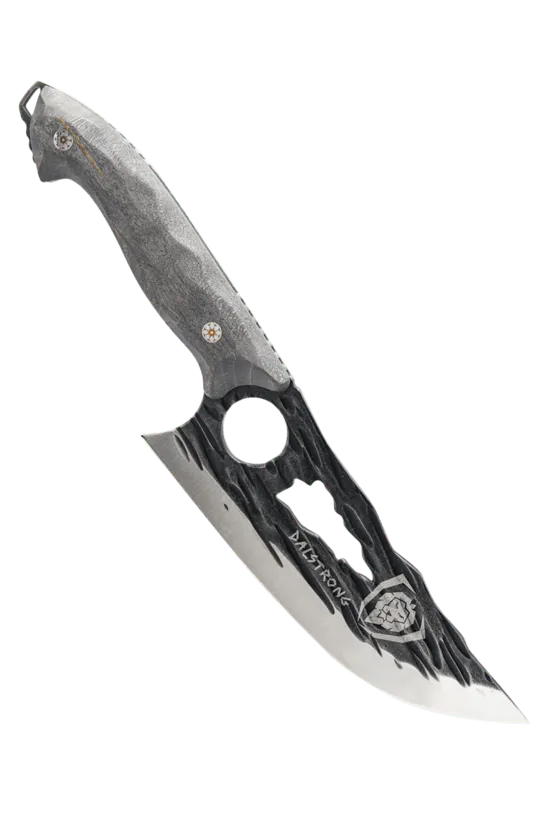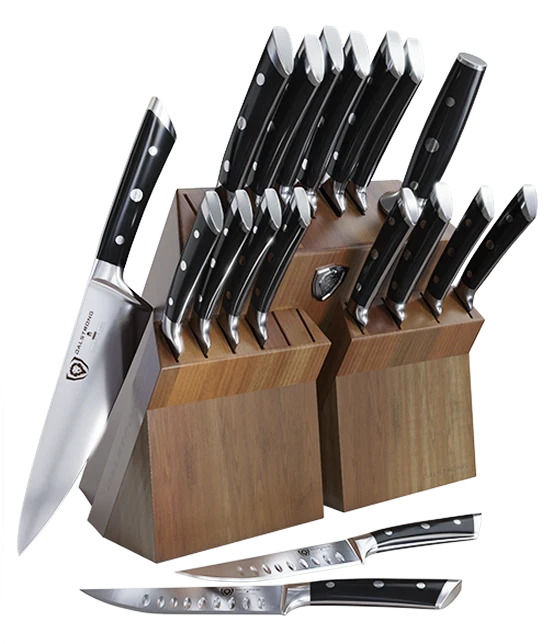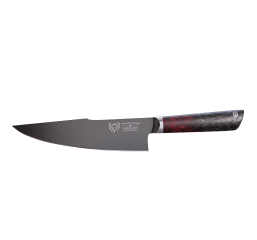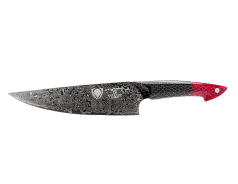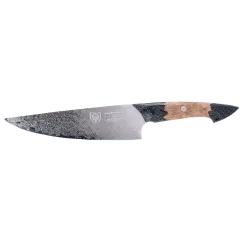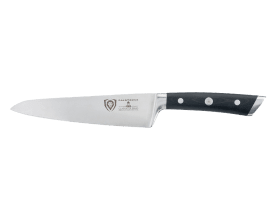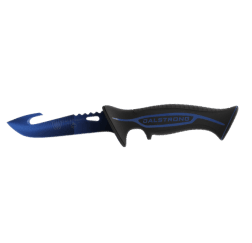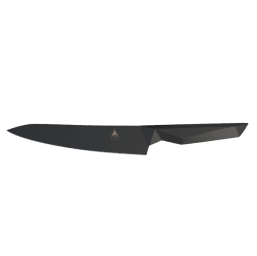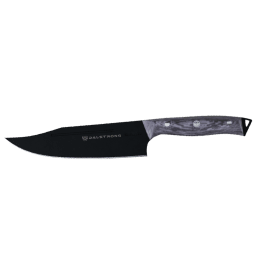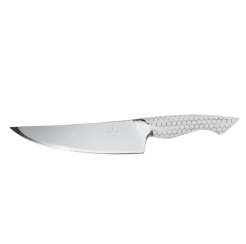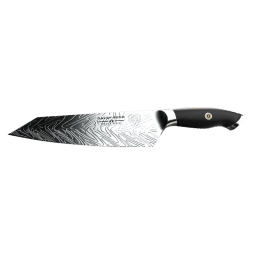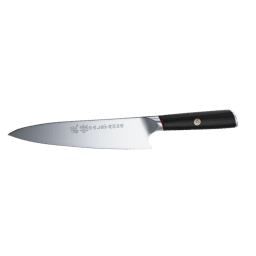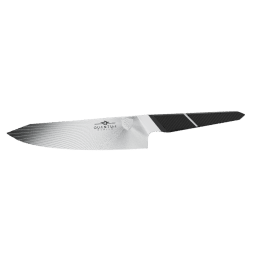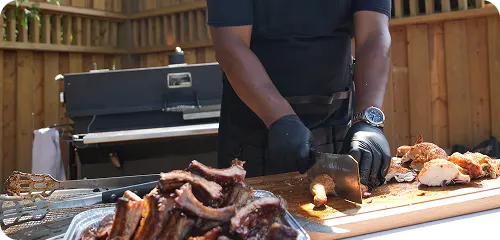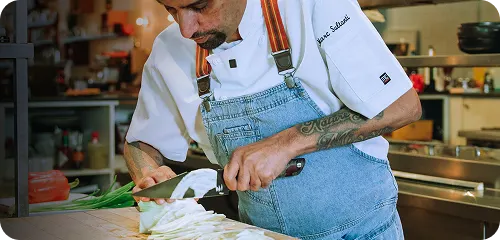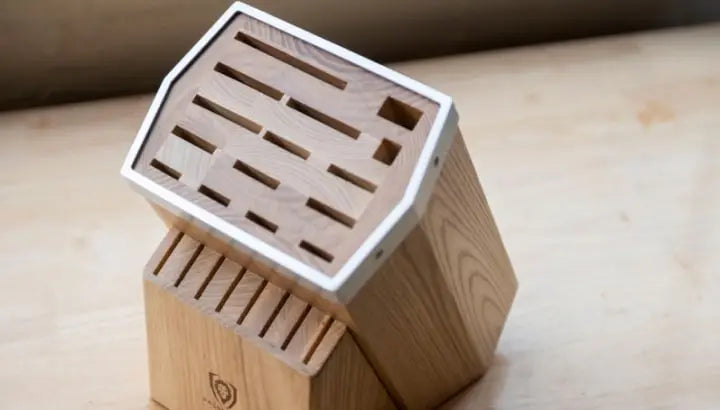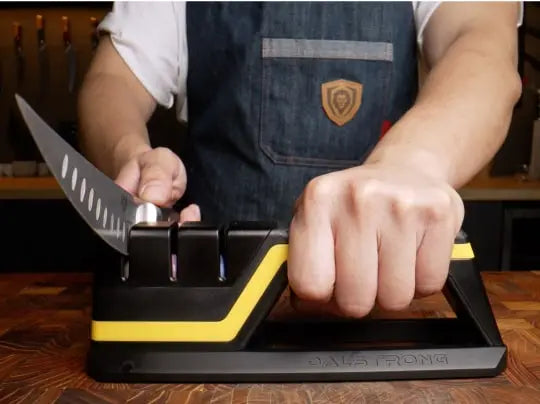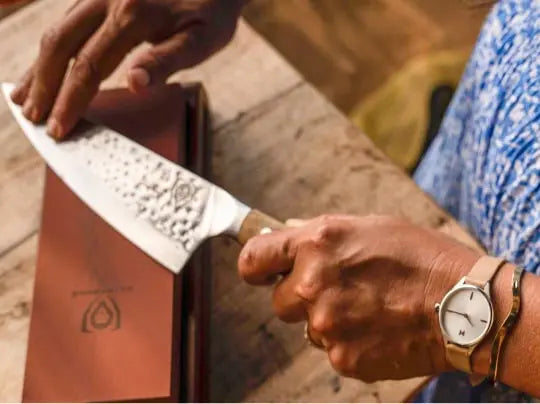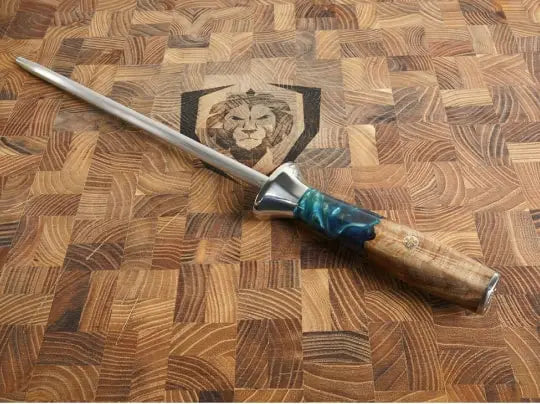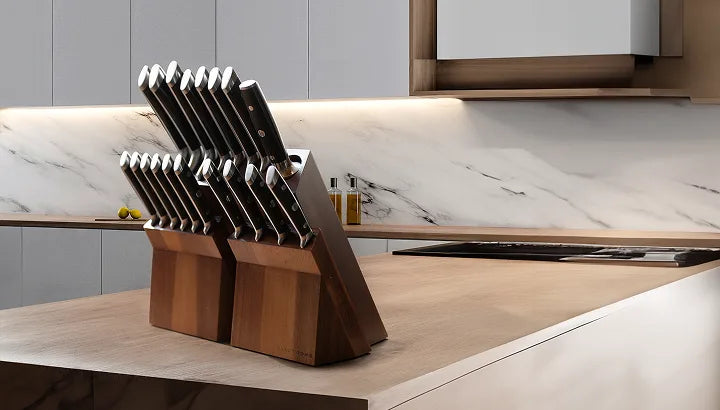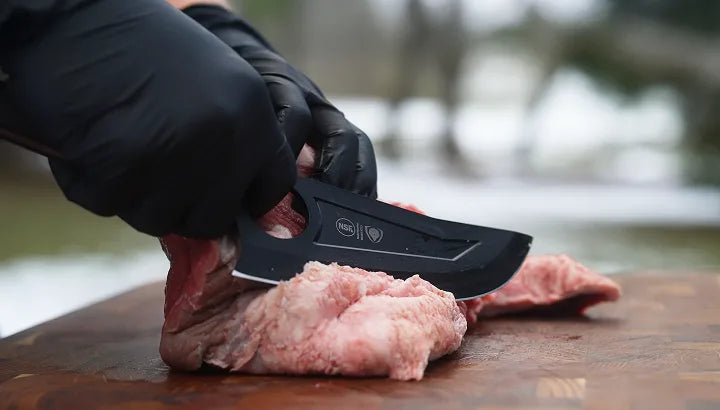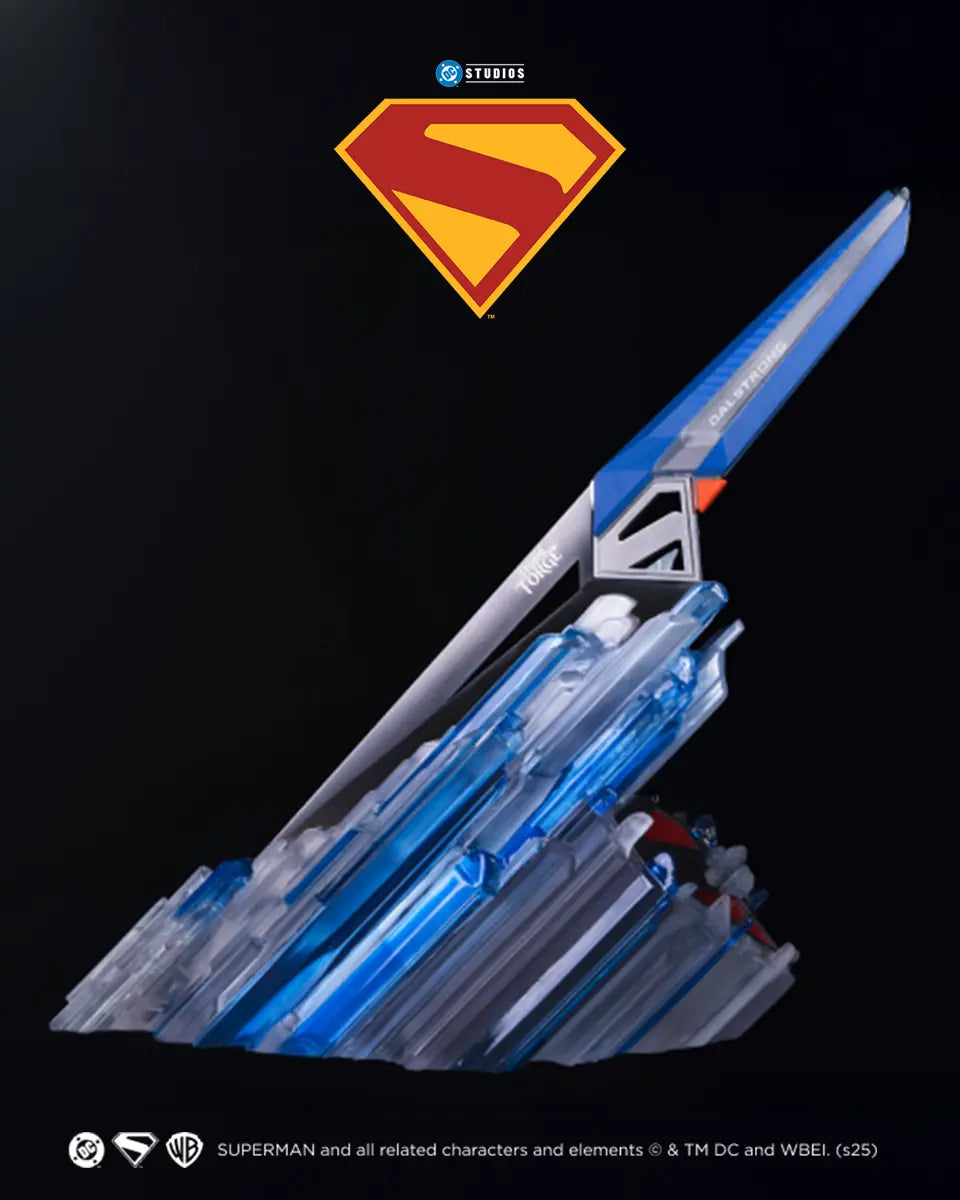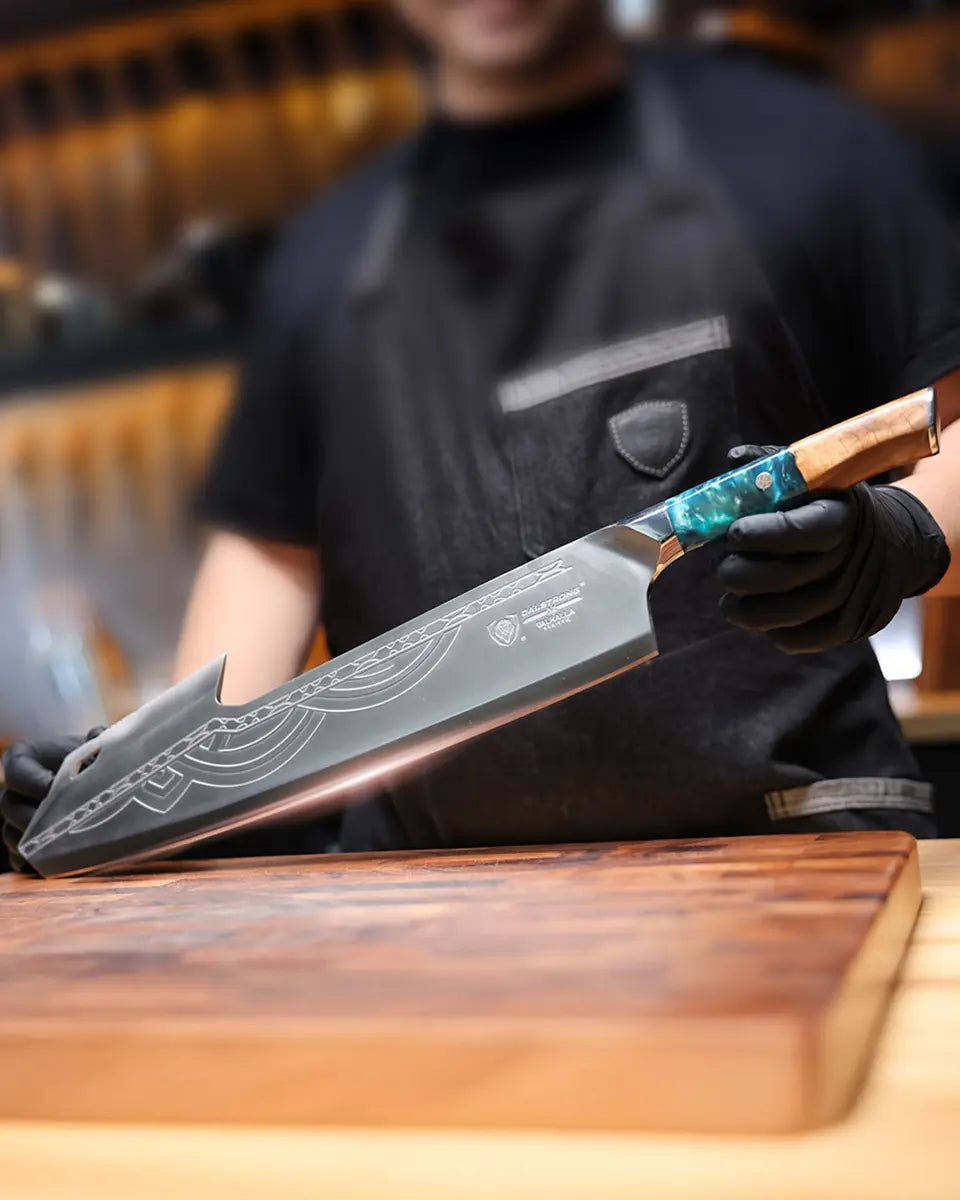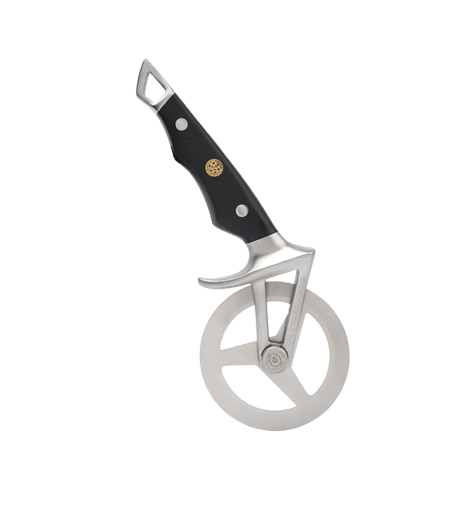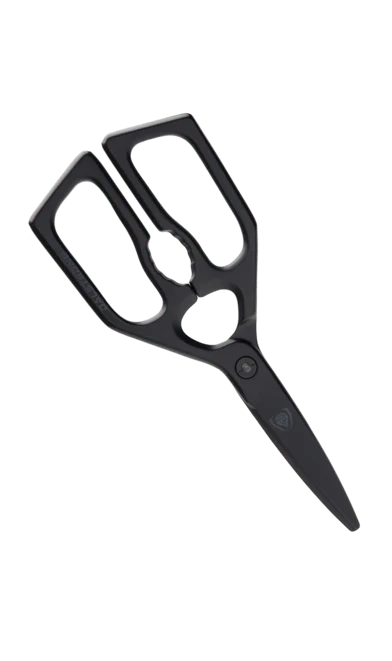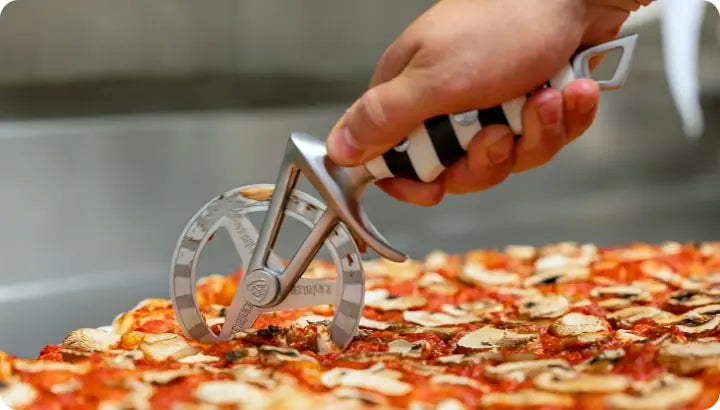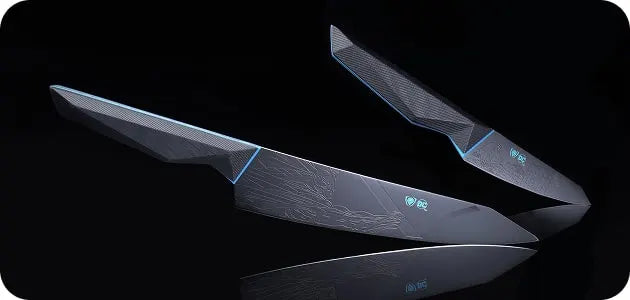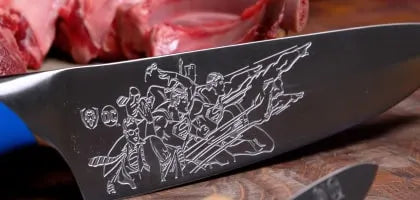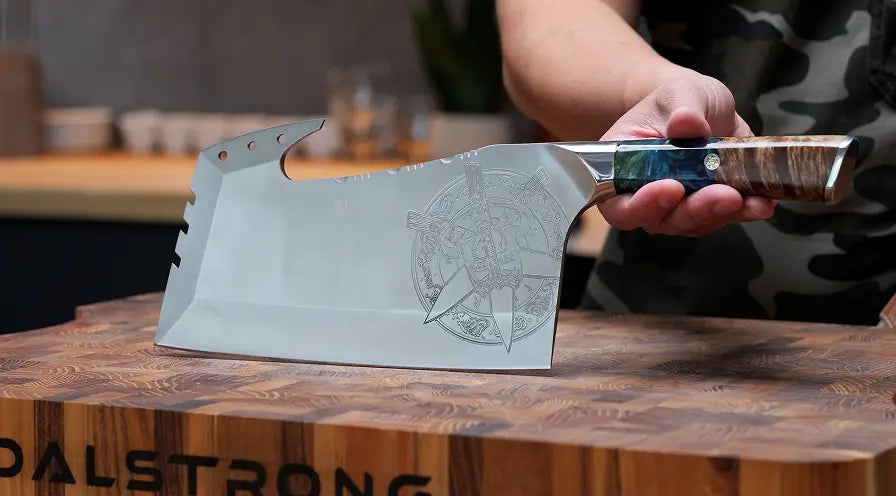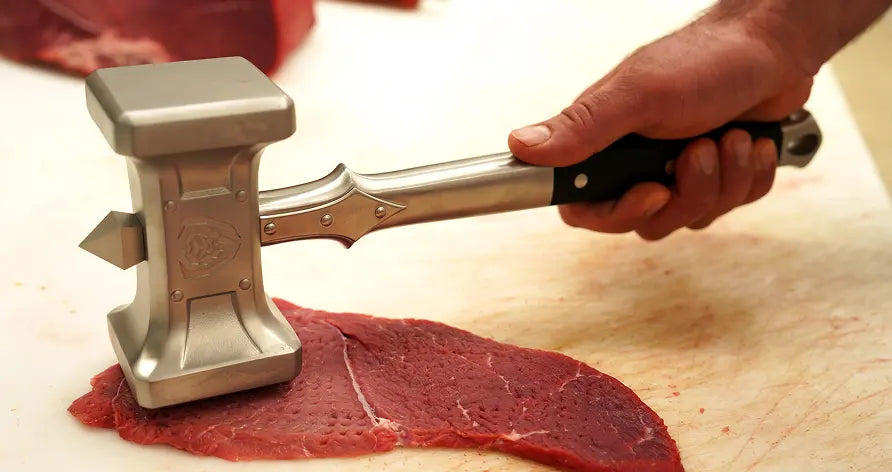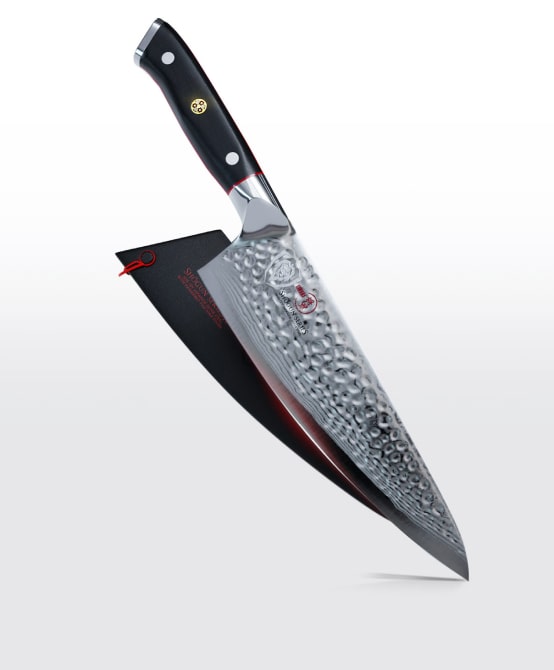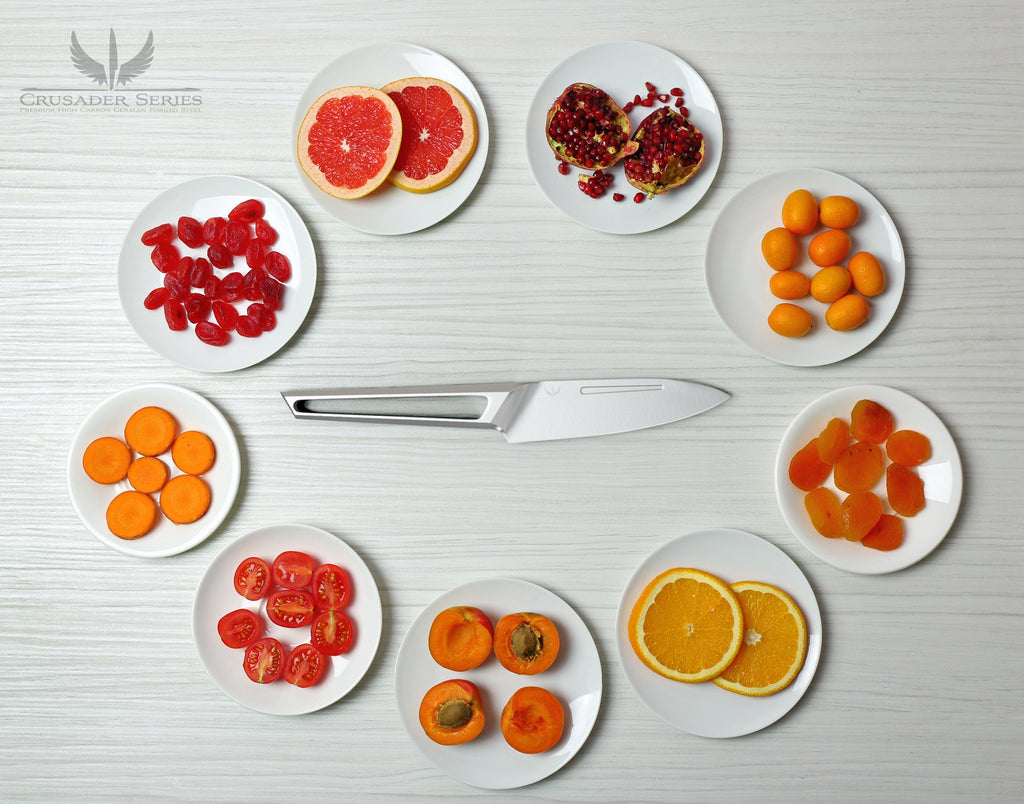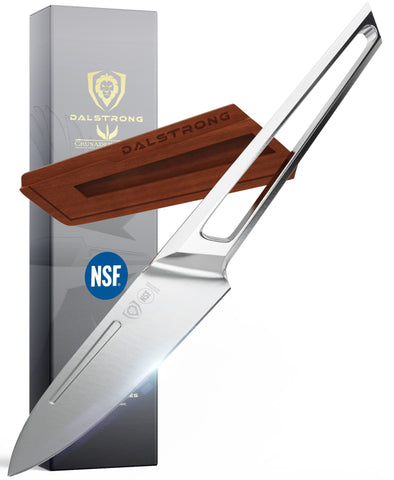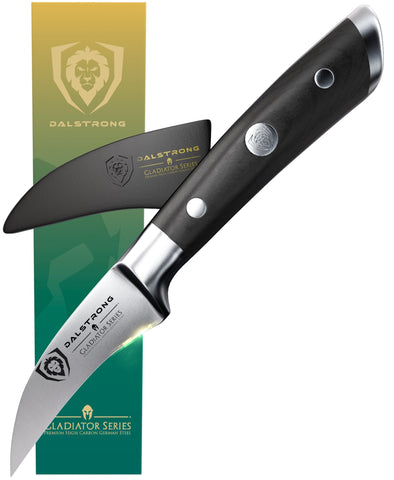Best Paring Knife 2022
- The Frost Fire Series 3.5" Paring Knife
- Quantum 1 Series 4" Paring Knife
- Crusader Series 4.5" Paring Knife - NSF Certified
- Shogun Series 3" Bird's Beak Peeling-Paring Knife
- Omega Series 4" Paring Knife
- Shadow Black Series 4" Paring Knife - NSF Certified
- Shogun Series 3.5" Serrated Paring Knife
- Phantom Series 4" Paring Knife
- Gladiator Series 2.75" Bird's Beak Tourne Paring Knife
- Crusader Series 3" Bird's Beak Paring Knife Peeler - NSF Certified

1. The Benefits Of A Good Paring Knife
Crusader Series 4.5" Paring Knife - NSF Certified
Part of growing up is learning how to be prepared for any situation life throws at you. The days of flying by the seat of your pants, improvising harebrained solutions and simply “making do” with what you have on hand start feeling increasingly at odds with your life as you venture deeper into adulthood. You learn the importance of having the right tools. You learn to be prepared.
Yes, this is an article about knives. Bear with us.
I maintain that most any basic life lesson can be transferred over to the kitchen. The virtue of patience, the joy of sharing, the value of trial and error -- seems like every basic principle that is part of your growth as a home cook is more broadly applicable to our everyday lives. Setting yourself up for success by having the right tools for the job is one of these principles.
Paring knives are some of the most valuable tools you’ll have as a cook. They may not be especially flashy like steak knives, imposing like a butcher’s cleaver, or as specialized as a charcuterie knife, but it is precisely that catch-all versatility that makes them an invaluable tool in the kitchen. A good paring knife is truly a chef’s secret weapon, and a fantastic piece in your knife set. Pro tip: You can also purchase a paring knife set.
That’s because a paring knife is supposed to serve as an absolute workhorse. Don’t be fooled by its small size -- this little guy can do a lot. From peeling vegetables to shaping garnishes to deveining shrimp, a paring knife is an essential tool when it comes to any detailed and delicate kitchen knife cutting. As such, it’s a tool that can make an enormous difference in your meal.
Precisely due to its unassuming nature, the humble paring knife is often underestimated. And this can manifest itself in the notion that you don’t even need a good paring knife -- that you can get a low-quality one for less than $10 and that will be good enough. Of course, this is flawed thinking. A low-quality steel paring knife will eventually dull and its blade won’t sharpen well. You’ll end up buying a replacement. And then another. And then another.
Resist this idea. You know better. You need to equip yourself with the right tools to achieve success. You need to be prepared. And to aid you in this, we’ve put together a comprehensive list of products for you to find the best paring knife for your specific needs. We’re nice like that.
Interested in best Japanese knives? Check out this handy guide!
2. Different Types Of Paring Knives
Shogun Series 3.5" Serrated Paring Knife
When we get into the actual list of paring knives, you will come across a few terms you might be unfamiliar with if you’re a total paring knife novice. These knives are different in shape, size, and usage. So before we tell you the best paring knife to purchase, let’s talk about the different types of paring knives, and just how they differ.
There are four types of paring knives you’ll come across.
Spear point/spear tip paring knife
This is commonly known as the classic paring knife and will likely be the one you encounter most frequently out in the world (very likely that this is the type of paring knife you’ll find at your local store). It features a smooth, short, outwardly curved blade, and is highly versatile; every kitchen needs one of these.
|
Best used for: |
Just about any detail work, but it especially excels at peeling, slicing and coring fruits and vegetables |
|
Pros: |
This is a multi-purpose knife that will come in handy for most jobs. |
|
Cons: |
Relatively small cutting surface for slicing. |
Bird’s beak paring knife
Also known as a tourne knife. You’ll find yourself reaching for this curved paring knife often, as it is great for the little detail work, such as cutting around fruits and vegetables. Its distinctive shape (that’s why they call it “bird’s beak”!) makes it very easy to peel around fruits. It has the perfect angle to remove the peel, and provides you a great level of control. An extremely useful kitchen knife.
|
Best used for: |
Fine detail work such as peeling and coring fruits and vegetables, fluting mushrooms, trimming, and other delicate decorating work requiring some finesse. |
|
Pros: |
Extremely sharp spear tip. Its rounded blade allows for a style of cut that produces very little waste. Feels and handles great. |
|
Cons: |
Because of its shape, sharpening with an electric knife sharpener is a challenge. |
Sheep’s foot paring knife
The sheep’s foot paring knife is a great choice for slicing and chopping small items, such as garlic, onions, ginger, and herbs. It features a smooth, flat, straight edge blade with a rounded tip, so you’ll find that only the point of the blade touches the cutting board as you chop.
|
Best used for: |
Cutting hard and soft cheese, chopping fruits and vegetables into long, thin strips (Julienne cutting). |
|
Pros: |
The fact that the only point of the blade that touches the cutting board makes it so this paring knife stays sharp for longer. |
|
Cons: |
Its rounded tip lacks the sharpness of other types of paring knives. |
Serrated edge paring knife
In terms of design, the serrated edge paring knife is very similar to the spear point/spear tip paring knife. It is also often a little longer, usually falling along the 5” range.
|
Best used for: |
Slicing larger fruits and vegetables.anything that requires some sawing action. |
|
Pros: |
Larger size provides more cutting surface, and its serrated blade provides more “bite”. |
|
Cons: |
The serrated edge poses a challenge when it comes to sharpening, but there are ways to get around this. |
3. What To Look For In A Paring Knife

In order to decide on which paring knife to buy, you must take a few important factors into consideration. First and foremost, you’re looking for sharpness. In order to handle precise tasks such as making small cuts or separating fruit and vegetable skins from their flesh, these blades must be very sharp. You also should look for a pointed tip for tasks such as deveining shrimp or hulling strawberries, or similar “surgical” tasks that require a pointed tip.
As with any knife, comfort is a key concern. You’ll likely be spending a good amount of time with your paring knife, so you want to avoid an uncomfortable grip that will result in fatigue or -- even worse -- an accident. A comfortable, easy grip will not only spare you discomfort but improve the knife’s accuracy and maneuverability. Plastic handle, wood handle, steel handle… these are all variables to consider.
The best paring knife should be light. Unlike other knives in your collection, you don’t need heft -- the paring knife is all about small and precise cuts, so you should be able to maneuver it well and easily. Ideally, the best paring knife will allow you to peel without feeling the heft of it.
Finally, an incredibly important factor to take into consideration when evaluating the best paring knife is the quality of materials. A flimsy, low-quality paring knife will not do the trick; not only will it yield disappointing results, but it will very quickly dull and fall out of rotation. A high carbon stainless steel knife blade, for example, will give you much better results and last longer. Ceramic blades, steel blades, they each have their own quirks to take into consideration.
Learn more about where Dalstrong Knives are manufactured here!
We’ve made note of these factors on our Best Paring Knife list below.
4. Best Paring Knives
1. The Frost Fire Series 3.5" Paring Knife
Dalstrong’s Frost Fire Series is a collection of light-weight, razor-sharp steel knives with an icy cold look. Not only do they look absolutely stunning, but they are absolute powerhouses when it comes to performance.
PROS:
- Beautiful “frosted” look thanks to a precision-based sandblast finish.
- Engineered with a 7-layer high-carbon steel with added cobalt and expert heat-treatment.
- Extremely sharp, at a 16-18° degree angle per side.
- Slender, ergonomic white-resin handle with a beautiful honeycomb finish. Feels great, looks great.
CONS:
- The “frosted” look might not be everyone’s cup of tea.
- For certain uses, you might want a slightly longer blade.
2. Quantum 1 Series 4" Paring Knife
The Quantum 1 Series paring knife is what we call a powerhouse. Carefully designed to withstand the harsh environments of today's modern kitchen, with an extra-durable, ultra-sharp BD1N-VX steel blade designed with the Nova Prime sharp blade pattern. It also features a sleek Dragon Skin G10-carbon fibre handle.
PROS:
- The blade is made of precision forged, ultra sharp, wear resistant, single-piece, high carbon steel at an astounding 63+ HRC.
- Hand-sharpened steel blade to 8-12° per side to achieve the right balance between sharpness and resilience.
- “Nova Prime” blade pattern not only looks fantastic but it reduces blade drag.
- Dragon Skin G10-carbon fibre handle provides great grip and maneuverability, as well as a cool futuristic look.
CONS:
- It is on the higher end of the price scale when it comes to Dalstrong paring knives.
3. Crusader Series 4.5" Paring Knife - NSF Certified
Dalstrong’s Crusader Series is renowned for its impeccable performance and stunning, minimalist less-is-more design. This 4.5” paring knife features a razor-sharp German high carbon stainless steel blade that seamlessly transitions to a high-chromium stainless steel handle.
PROS:
- The blade is precision forged, ultra-sharp, wear resistant, single-piece high carbon stainless steel.
- German made ThyssenKrupp x50crmov15 blade steel at 58+ Rockwell provides exceptional performance.
- Stain resistant and highly resilient.
- Low maintenance and very easy to clean.
- Incredible quality at an affordable price.
CONS:
- Due to its stainless steel construction, the grip can be a little slick at times.
- Its design is purposely minimalist, which might not be to everybody’s liking.
4. Shogun Series 3" Bird's Beak Peeling-Paring Knife
No kitchen is complete without a Bird’s Beak paring knife, and this full tang knife is the best one you can get. With a ruthlessly sharp scalpel-like stainless steel edge, hand finished to a mirror polish using the traditional Honbazuke Japanese knife sharpening method.
PROS:
CONS:
- This is a fantastic Bird’s Beak paring knife, so by its nature it’s on the smaller side. If you are only purchasing one paring knife, think about whether you’ll be needing something slightly larger.
5. Omega Series 4" Paring Knife
This is what we call “a statement piece.” The Omega Series 4 inch paring knife is a masterfully forged precision instrument. Its longer-than-average blade will provide improved effectiveness, and allows it to be used as a utility knife as well. It’s designed with various tasks at hand, so if you’re only looking to buy one paring knife today, this is our pick for you.
PROS:
CONS:
- If you like a cleaner-looking design, look into the Crusader Series.
6. Shadow Black Series 4" Paring Knife - NSF Certified
Dalstrong’s Shadow Black Series has long been a favorite of mine for a number of reasons, not the least of which is its incredible, sleek, futuristic design and colors. With a razor-sharp high-carbon steel blade, at 58+ Rockwell, it is as powerful as it looks. And the unique handle geometry, inspired by the F-117 Nighthawk Stealth Fighter, snug perfectly into your palm.
PROS:
CONS:
- The titanium cover does require a little bit of extra care when it comes to sharpening the steel.
- Some folks are not crazy about the Shadow Black Series’s distinctive look.
7. Shogun Series 3.5" Serrated Paring Knife
Another entry in the stunning Shogun Series, this 3.5” paring knife comes with a razor sharp serrated blade with serrations that are perfectly spaced along a small narrow blade, tapering to a point. Its serrated knife design and high carbon steel blade make it ideal for tough-skinned fruit, pastries, vegetables with soft interiors, and dried or tough meats.
PROS:
- Precision forged from a single piece of 66-layered damascus high-carbon stainless steel cladding.
- Sharpened to a staggering 8 -12°degree angle per side.
- Tapered bolster provides a natural and comfortable pinch grip.
- Another absolutely gorgeous knife that will have friends and family asking you about it.
CONS:
- Its serrated blade makes it slightly harder to sharpen.
- If you like a cleaner-looking design, look into the Crusader Series.
8. Phantom Series 4" Paring Knife
A sleek, thoroughly engineered 4” paring knife that will help you sail through tasks such as coring, mincing and peeling fruits and vegetables, slicing garlic, or any other detailed, controlled cutting challenge you might come across.
PROS:
- A 4” precision forged steel blade with premium Japanese AUS-8 at 58 HRC.
- Premium quality laminated pakkawood handle imported from Spain.
- Extremely sharp edge, hand-finished to a mirror polish.
- The blade’s spine is hand polished to a smooth finish for enhanced pinch grip comfort.
CONS:
- If you’re anything like me, you’re drawn to a flashier presentation; the Phantom Series’s elegant but understated look isn’t for everyone.
9. Gladiator Series 2.75" Bird's Beak Tourne Paring Knife
Back to the smaller side of things, this 2.75” Bird’s Beak paring knife is a great choice, and a fantastic value for the money. As part of Dalstrong’s Gladiator Series, this knife is as pleasing to look at as it is to operate, especially when it comes to intricate cuts.
PROS:
- Precision forged, wear resistant, single-piece, high carbon steel (German ThyssenKrupp) at 56+ Rockwell.
- Beautiful hand-polished satin finish blade.
- Its ergonomic handle is beautifully polished and smooth.
- Fantastic value for the affordable price.
CONS:
- While still a powerhouse, this knife is not sharpened to quite as much as other knives in this list. It will work perfectly for all the tasks required of a 2.75” paring knife.
- Once again, this is on the smaller side of things, so think about the uses you’ll give it and whether this is the knife for you.
10. Crusader Series 3" Bird's Beak Paring Knife Peeler - NSF Certified
Another entry in the Crusader Series, which means this 3” Bird’s Beak paring knife is designed to look as clean as possible. This powerful little peeler will make quick work of any precision cuts you throw its way.
PROS:
- ThyssenKrupp German stainless steel at 58+ Rockwell
- Features a fuller groove near the spine to reduce friction or drag, while at the same time making the knife lighter for better balance.
- The knife blade seamlessly transitions into a high-chromium stainless steel handle, which not only looks stylish but handles beautifully as well.
- Its design is especially hygienic, leaving virtually no room for any debris.
CONS:
- Due to its stainless steel construction, the grip can be a little slick at times.
- Its design is purposely minimalist, which might not be to everybody’s liking.
5. Frequently Asked Questions
What is the difference between a paring knife and a chef's knife?
The most obvious difference between a paring knife and a chef knife is size. Chef’s knives are all-purpose knives mostly used for normal cutting and slicing, and their blades are typically between 8” and 12” long. Meanwhile, a paring knife will be much smaller than a chef’s knife, and more commonly used for fine detail and/or decorative cuts. Paring knife blades will usually be between 2” and 5” long, depending on the type of paring knife.
What paring knives do Michelin chefs use?
Michelin chefs are a varied bunch, with a very diverse slate of approaches and preferences. Renowned San Francisco-based three-star Michelin chef Dominique Crenn, who recently announced a partnership with Dalstrong to help feed San Francisco’s homeless population, has expressed a preference for Dalstrong’s Crusader Series. This includes this 4.5” paring knife, which features an elegant less-is-more design and razor sharp German made ThyssenKrupp x50crmov15 knife blade steel at 58+ Rockwell for exceptional performance.
What is the best size for a paring knife?
As we’ve said, paring knives are your go-to workhorses for kitchen tasks, so any size should work for most uses. However, there are some sizes that are naturally better suited for some tasks. For delicate, fine-detail work such as peeling skin off of grapes, tomatoes, strawberries, and more, you’re best with a shorter, three-inch paring knife. If you’re looking to chop small vegetables with a chopping board, a longer paring knife would naturally feel more comfortable. A 3” should can still be used for this, but you’ll find it easier to do with a 4” to 5” paring knife.
Are paring knives sharp?
As a general rule, yes, paring knives are meant to be very sharp. This is because they are used for more delicate cutting and chopping work. However, different types of paring knives have different levels of sharpness based on their design. Sheep’s foot paring knives, for example, stay sharp for longer, but due to their design they aren’t as sharp as other types of paring knives.
Ultimately this will all come down to how you maintain the sharpness of your knife. Always follow proper usage, storage, and sharpening steps. And if you want to learn how to sharpen a knife, we’ve got you covered.
Written by Jorge FarahBorn on the coast of Colombia and based in Buenos Aires, Jorge is a cooking enthusiast and kitchenware obsessive with a tremendous amount of opinions.



